Movie Review: Bully
Bullying has been long considered a fact of elementary and high-school life, an unfortunate rite-of-passage, an experience most of us try to forget, either because we were, in fact, bullied, because we ignored the bullying of others (thus making us complicit in their bullying), or at one point or another, bullied others ourselves through verbal taunting or else.
Regardless of what social, cultural, and, perhaps evolutionary factors contribute to the active and passive acceptance of bullying, Lee Hirsch (Amandla! A Revolution in Four Part Harmony) hopes his latest documentary, Bully (formerly The Bully Project) will, if nothing else, begin the conversation about bullying, how to prevent it, and how to support those who suffer from bullying.
It’s certainly a noble cause, one driven by Hirsch’s personal experiences with bullying. Hirsch brings that intimate, personal approach to Bully, an approach that’s both Bully’s strength and, ultimately, its weakness as well. Hirsch focuses on five, presumably instructive, stories of teens and preteens, each one the victim of bullies. In most cases, bullying wasn’t limited to just one perpetrators, but entire groups that resemble nothing if not tribalism in daily action. In two of the cases, two boys, one 17-year-old, Tyler Long, and the other, Ty Smalley, only 11, the victims committed suicide, their parents became socially and politically active, primarily in response to recalcitrant administrators and law enforcement officials who perceive bullying as, at best, a second- or third-tier problem facing teens and preteens.
Hirsch focuses on three other victims, Kelby, a 16-year-old lesbian from Tuttle, Oklahoma who became the victim of bullying once she came out in a deeply conservative community; Ja’Meya, a 14-year-old African-American girl who, pushed by incessant verbal taunts and possibly physical abuse, brought her mother’s gun on a school bus one day; and Alex, a 12-year-old boy from Sioux City, Iowa who, due to his small-for-his-age size, physical appearance, and social skills deficit, faces verbal and physical abuse on a daily basis. Kelby proves to be the most balanced and stable, due primarily to a strong support network (i.e., friends, family). As a result of her actions, Ja’Meya undergoes psychiatric treatment at a juvenile detention center, but she also seems to have a strong support network from her single mother and other relatives.
Despite supportive parents, Alex seems destined for a lifetime of ill-treatment. At home, he’s shy and awkward, but his lack of social skills isn’t an obstacle to positive relationships with his parents and siblings. Once Alex leaves the safety and security of his home, however, the bullying begins, first on a street corner while he waits for the bus with two other boys and moments later, when he steps on the bus. The behavior quickly escalates into physical violence, something the outwardly stoic Alex describes as “kids just messing around.” It’s unclear whether Hirsch or his cameraman was on the bus or whether a camera was installed on the bus (with school and parental permission, presumably), but how he captured the footage is far less important than the material he caught. It’s damning of the students who engaged in the bullying, the bus driver who did nothing (maybe because she couldn’t), and the school administrators who refused to do anything even after Hirsch showed them the footage.
As heart-wrenching and emotionally devastating as the stories in Bully are, it still feels like Hirsch, perhaps because he was too close to the subject matter, left too much out. In hoping to move his audience emotionally, Hirsch seemingly forgot to move them intellectually as well. Hirsch doesn’t include potentially relevant information to buttress his case that bullying deserves consideration as a significant problem in our school system. He doesn’t interview educational experts. He follows one vice-principal, Kim Lockwood. She’s proof positive in Hirsch’s view of an entire school system’s rampant negligence. He could have interviewed some of the bullies, but didn’t. He never offers any information as to the psychological and/or sociological reasons bullying exists (and persists) or a concrete plan to end bullying or lessen its pernicious effects in our schools.
Showtimes and Tickets
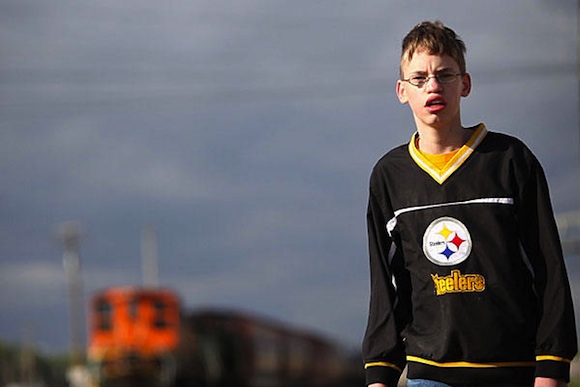

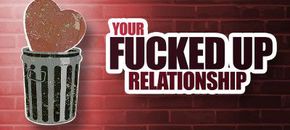



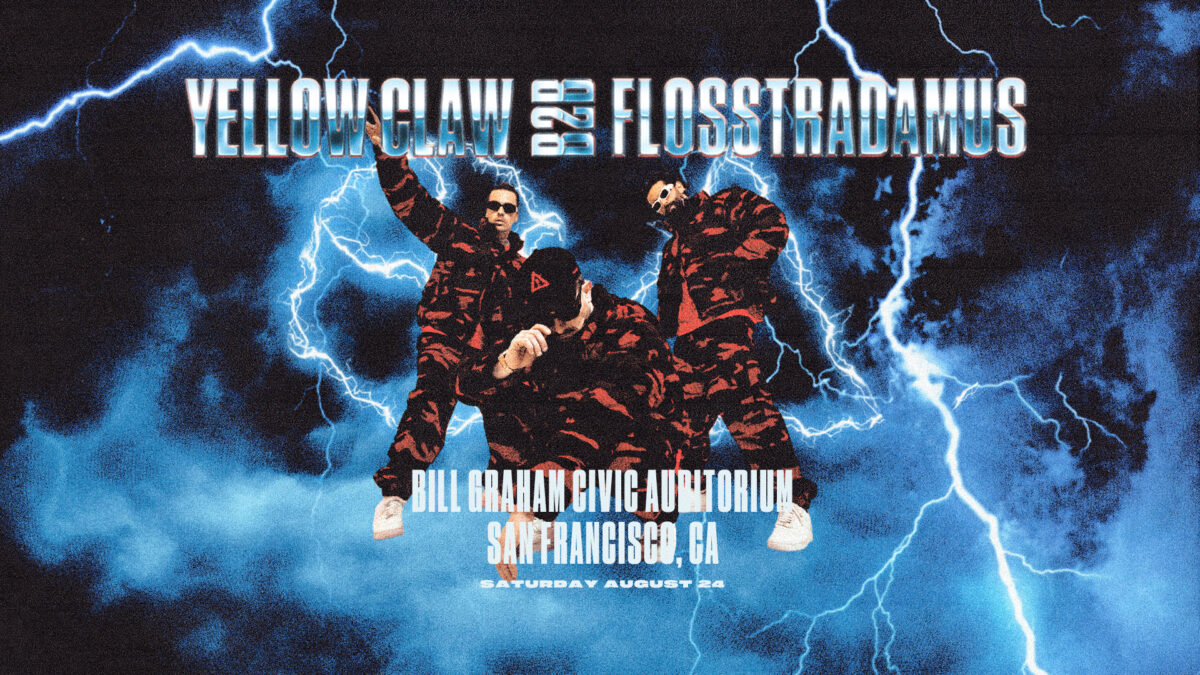
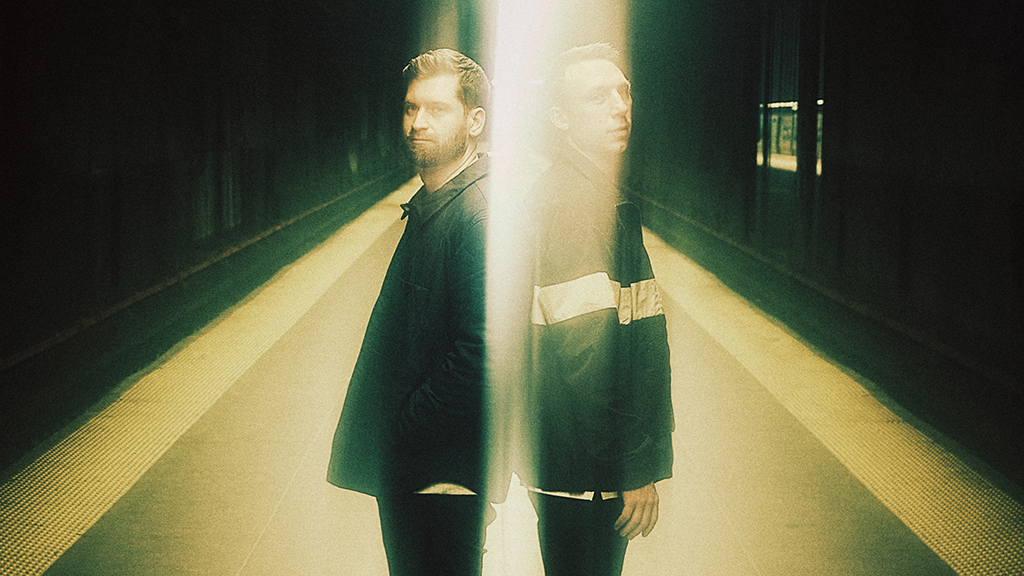
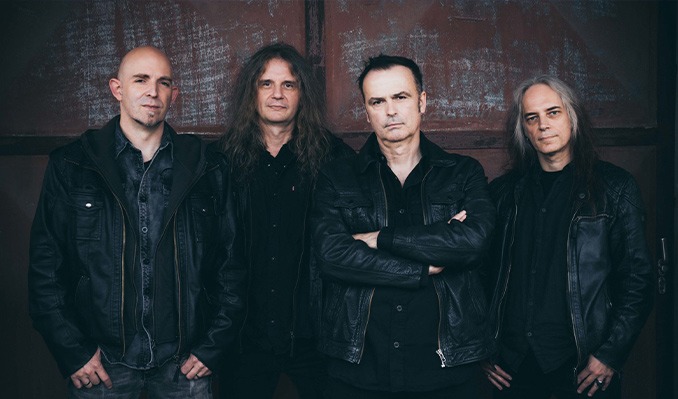
The decision to leave the documentary unnarrated and not move the discussion forward and directed within the movie makes it ripe for all sorts of incredibly engaging discussion after the movie (dangerous for those who don’t engage in such dialog, however). The materials available at their website for parents, students, and educators is incredibly rich and worth investigating.